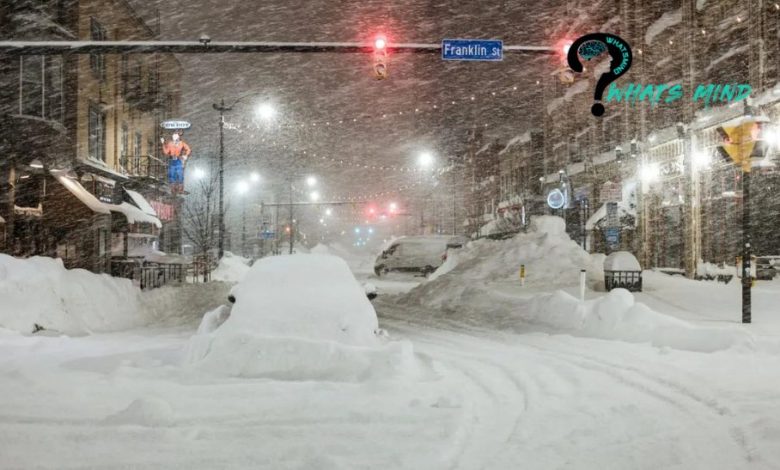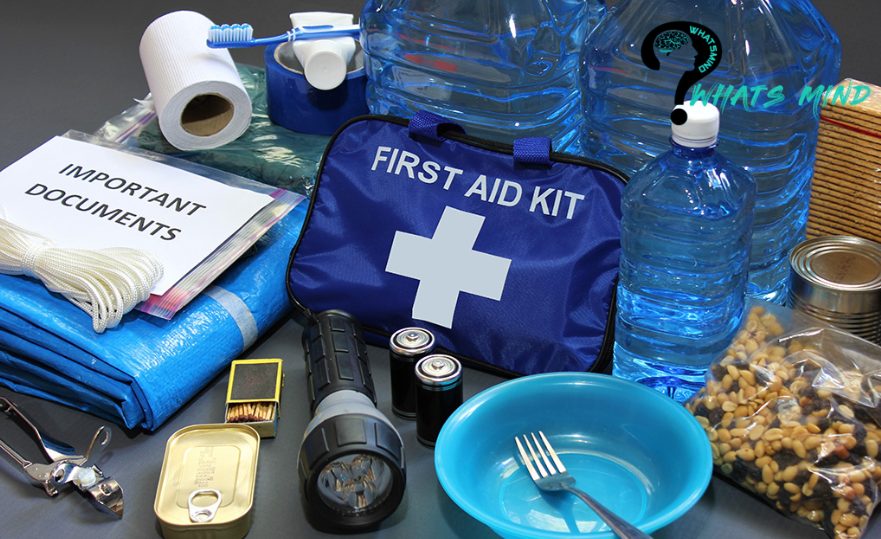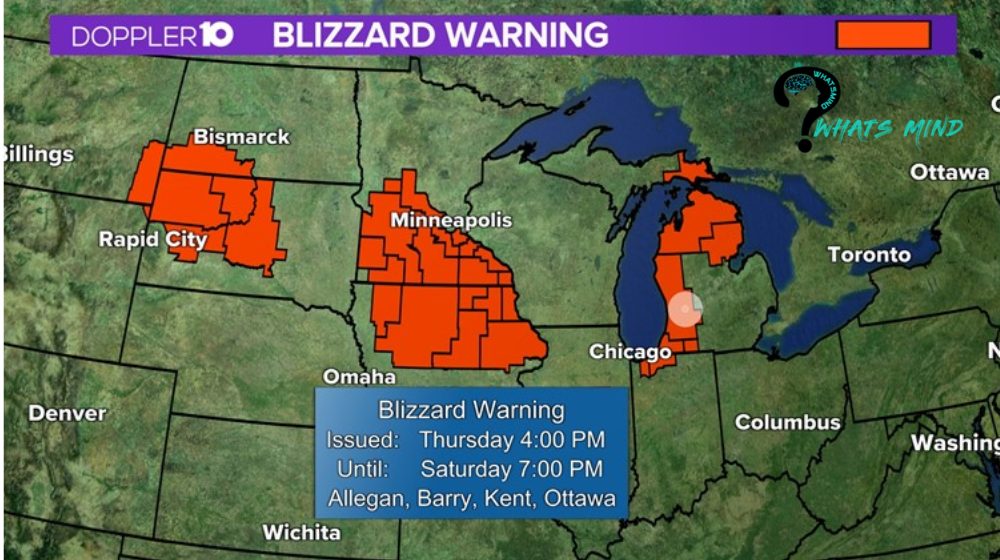Blizzard Warning: Understanding the Impact of Severe Winter Weather

The chilly weather of winter can be both stunning and dangerous. While snowy landscapes are beautiful, scary winter storms threaten people and communities. Blizzard is one of the most frightening meteorological phenomena that happens in winter. In this blog, we will discuss the blizzard warning, and precautions to stay safe in this potentially life-threatening event.
Hope you’ll find it helpful!
So, Let’s Start!
Table of Contents
What is a blizzard?

It is an extreme storm with high winds, snow, and low visibility that appears in winter known as Blizzard. Cold air and warmer air masses collide with each other to form blizzards. Fast-rising warm air get cools and turns into snowflakes as it travels upward.
Blizzards’ high winds carry these snowflakes, producing a deafening snowfall. Blizzards are formidable storms due to the low temperatures and high winds that characterize them.
What Do Blizzard Warnings Mean?
Blizzard warnings are given by the National Weather Service when a blizzard is imminent in a given region. These watches and warnings indicate the onset or continuation of freezing and snowy weather. It is critical to heed these cautions and take prompt action to protect oneself and one’s loved ones.
What to Do Before a Blizzard?
When there is a blizzard warning, it’s important to get prepared for anything. Before a blizzard blows, you must follow these precautions:
Create an Emergency Kit:

Prepare a disaster supply kit by Bringing things like food that won’t go bad, water to drink, warm clothes, blankets, flashlights, batteries, and a first aid kit.
Gather your resources:
In a power outage or other emergency that prevents you from going to the store, you should stock up on enough food, medicine, and other necessities to last you for several days.
Preparing your house for winter entails:
Windows and doors should be insulated, heating systems should be serviced, and a backup heating source, such as a generator or wood fire, should be available. Pipes must be insulated to prevent them from freezing.
Maintain Communication during Blizzard Warning
Have a radio that runs on batteries or an NOAA weather radio so you can listen to alerts and weather reports.
Create a rescue strategy:
Find safe places or the houses of people you know in case you need to evacuate.
Protecting Yourself During a Blizzard
Prioritizing safety during a blizzard warning is of the utmost importance. Here are some fundamental guidelines to keep in mind:
Stay inside:
Stay indoors and out of the weather until it passes.
Keep tabs on weather reports:
Keep up with the storm’s development and any evacuation orders issued by your local government.
Stay toasty:

Layer your clothing, use hats and gloves, and wrap up in blankets to be warm. In this weather, stay warm and indoors if you can.
Energy efficiency:
Power outages can be avoided by reducing energy consumption. Alternate heating sources should be used cautiously and in moderation.
Avoid carbon monoxide poisoning:
Carbon monoxide gas can build up in a room without enough ventilation and kill you, so always use an outdoor generator or other alternate heating sources.
Avoid going near downed power lines:
Keep your distance from downed electrical lines and contact the proper authorities if you see any.
Technology’s Impact on Blizzard Warning
Technology is crucial for prevention and recovery when dealing with a snowstorm. Authorities can deliver timely information and alerts to the public. It is possible with the help of weather forecasting tools, early blizzard warning systems, and communication devices. Social media, emergency alert systems, and smartphone apps all make it easier for people to keep in touch. It gives access to information during a blizzard.

Early Blizzard Warning Systems and Forecasting
Combining meteorological data, satellite imaging, computer models, and skilled forecasters is essential for accurately predicting blizzards and delivering timely warnings. Experts can determine the possibility and severity of a blizzard by keeping tabs on atmospheric conditions, allowing authorities to provide timely warnings and advisories.
Also Read:
Conclusion
Blizzards are severe winter storms that can be treated with reverence and preparedness. People and communities can better prepare to stay active and recover from extreme weather events. If more people have a strong grip on the hazards they pose and how to mitigate them. We can survive blizzards with strength and reduce their effects if we take the appropriate precautions and support one another.
For more info visit whatsmind.com




